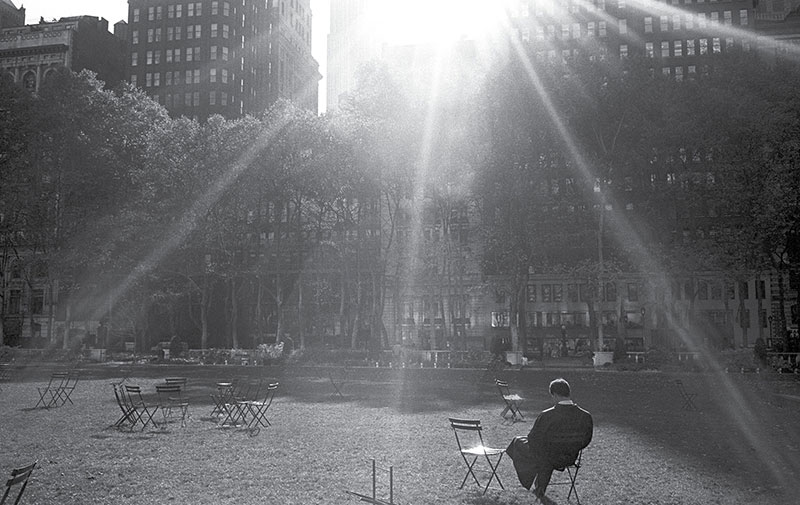With a keen eye for the urban landscape, renowned photographer Lloyd Ziff captures the essence of a city with unwavering frankness in New York/Los Angeles, Photographs: 1967-2015, a two-volume collection with over 40 years of pictures. His photographs are direct and unequivocal.
Videos by VICE
The collection comprises of shots Ziff stumbled upon in little pockets of each city. Each captured moment works to create a comprehensive model of each coast. The essence of Ziff’s work is best summed up by a piece of advice given to him by his photo teacher, Arthur Freed: “It’s really about seeing, and not technical stuff.”
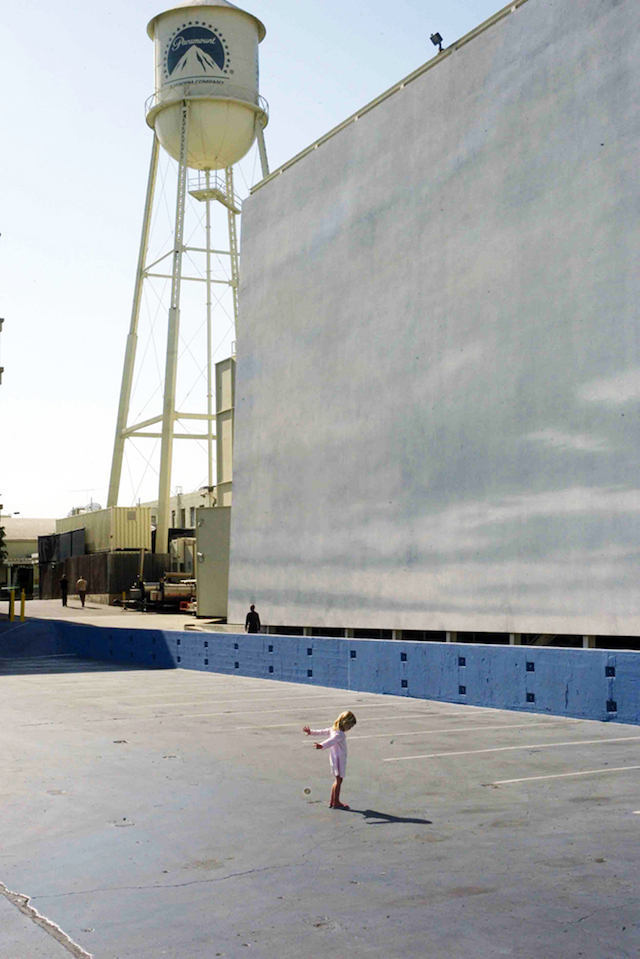
Ziff started taking pictures in New York during his last semester at Pratt Institute, where he studied graphic design. Some of his best-known pictures are of his friends during that time, notably his portraits of Robert Mapplethorpe and Patti Smith. After school, Ziff started designing album covers for CBS records, which eventually lead him to a career in print magazines. Ziff went on to work as an art director for a number of prestigious publications like Vanity Fair, House & Garden, and Rolling Stone, all the while continuing to take photos of his urban surroundings.
The concept for the NY/LA book was first introduced to Ziff by one of his former students, Giovanni Russo, who sadly passed away at the age of 46. When Ziff met publishers Mike Warlow and Kiersten Armstrong at KMW Studio, they offered to pick up where Russo left off, and together, Ziff, Armstrong, and Warlow worked to redesign and reorganize the book until it was ready to publish.
We reached out to Ziff to learn more about the making of the book:
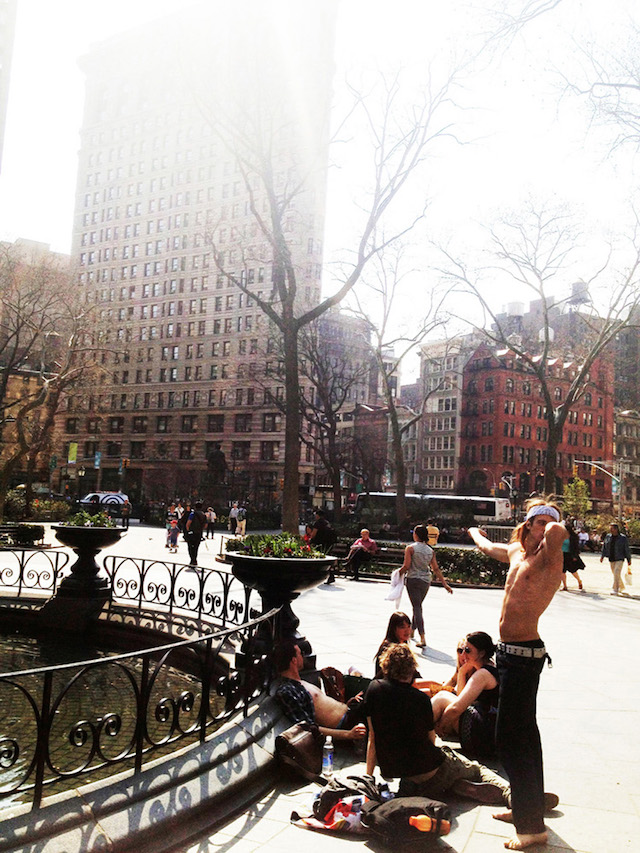
The Creators Project: Do you think your books demonstrate a growth or evolution in your process?
Lloyd Ziff: I would hope that my vision has grown since 1967 when I first started making photographs. I was taught very early the two most important lessons that have continued to guide my work: My last semester at Pratt Institute in Brooklyn, Arthur Freed, who was my first and only photography professor, said that it is easy to shoot a mean photograph and much, much harder to shoot a loving one. Lee Friedlander, who shot portraits of jazz greats for Columbia Records in the late 60s when I was designing album covers there, said to me, “There are photographs everywhere, your job is to find them.” Until 2000, I only shot for myself while I made my career as an editorial art director. Because I was only shooting for me and didn’t have to make a living as a photographer, I basically shot what interested me: both urban and country life. I’ve always had a romantic’s view of life, wherever I’ve shot I’ve always looked for the beauty, or at least the amusing.
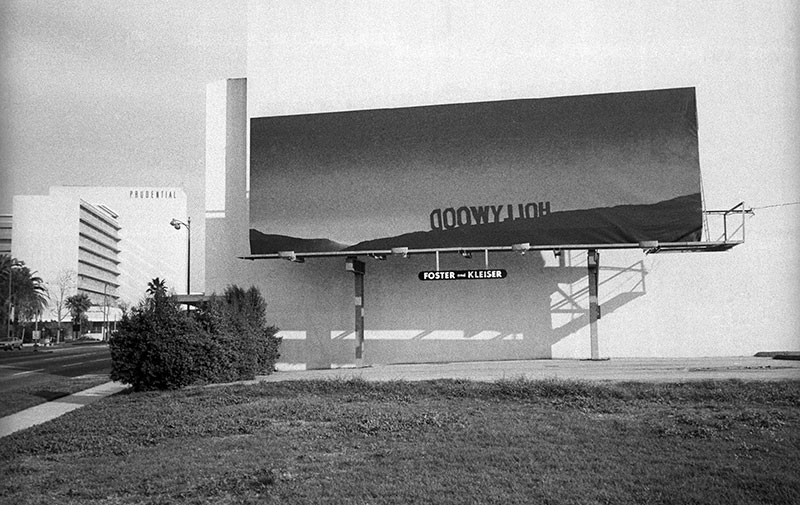
What draws you to the urban landscape?
I started shooting when I lived in Clinton Hill, Brooklyn while I was an undergraduate at Pratt Institute. There was a Myrtle Avenue “El” then and the shadows of the elevated train tracks in retrospect seemed designed for graphic documentation. When I first learned to use a camera I fell in love with the magic of walking around a city, shooting what I saw, and returning to the dark room at school and making what I saw my own. I can’t really say I was “drawn” to the urban landscape. I LIVED in the urban landscape. I like people, architecture, cars, irony, juxtaposition, beauty…all readily available wherever you are once your eyes are open…another invaluable lesson I learned and tried to teach to students when I taught at art schools: how to see.
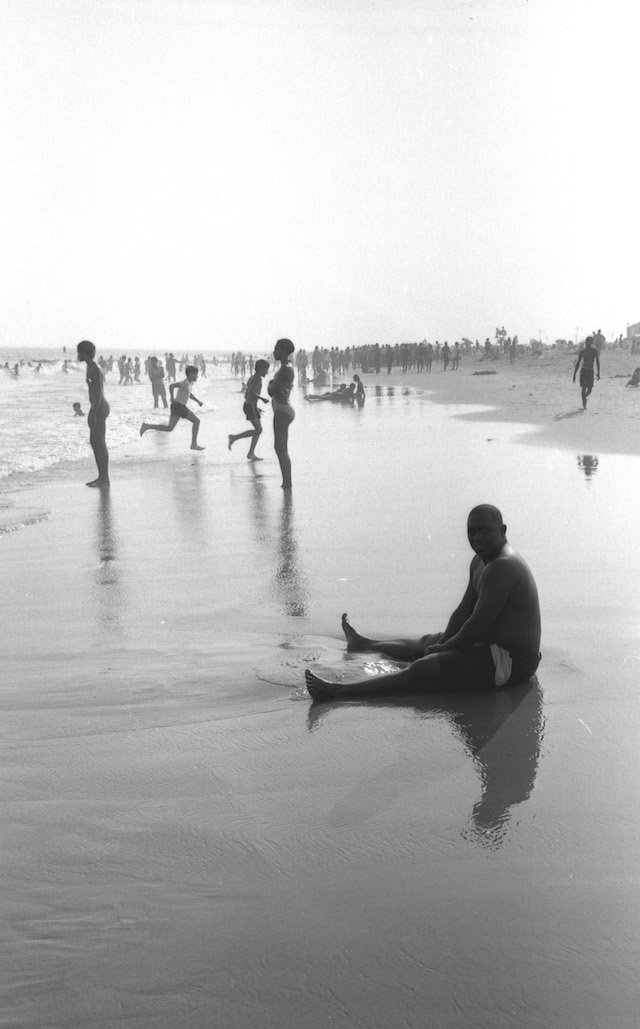
Los Angeles and New York are very different cities, in terms of transportation and infrastructure. How did the topography of either city impact your process?
In Los Angeles, there is often a horizon line in the distance, a foreground, middleground, and background. My Los Angeles photographs are about inclusion, my New York photographs are about editing. In my “I Love L.A.” essay in the book, I write: Buildings come and go, but though the facades change, the light doesn’t. It’s often a rich yellow, with purple shadows. I still find a palm tree irresistible. I can’t help but smile at rows of roses. Bougainvillea overflowing against deep blue skies or any color stucco wall or in an alley spilling over a fence can make my day.
Shooting in New York, things are often in your face. And only for a moment. I learned to be a very fast photographer. I wrote in the book’s “New York, New York” essay: Walking the streets of New York with my Leica I learned that there really is a photograph everywhere. Finding the photograph is always an adventure. Everything is changing all the time. Shoot now before it’s gone is true for people as well as places.
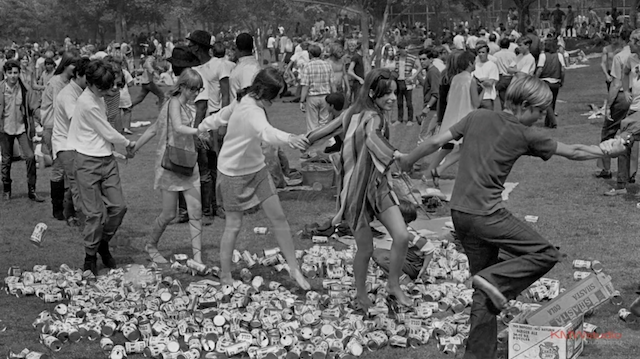
Finally, what advice would you give to aspiring photographers and image makers?
All art is about seeing. Seeing and discovering. Look at and learn from what others have done and try to understand how and why. Try to get inside the head of artists and why they made choices. Art is also about solving problems, the problems that you make for yourself and/or the problems you are asked to solve. One needs an understanding of history to try to solve problems in new ways. Many people are interested in the mechanics of photography. I never have been. For me it’s all about the image.
Ziff’s book was recently featured in New York Magazine‘s Approval Matrix, where it was plotted at the intersection of ‘Highbrow’ and ‘Brilliant.’ To learn more about the book, head over to its website. To see more work by the artist, click here.

Related:
Artist Shatters the Earth with CGI-Free Photography Tricks
Cities Are Stunning in NatGeo’s Travel Photography Contest
The Surveillance Artist Turning Landscape Photography Inside Out
More
From VICE
-

From VICE Magazine's The Photo Issue 2024. -

A gang of men hide in a clown car at the Ringling Brothers Barnum and Bailey Circus. April 1977, New York City. -

-

